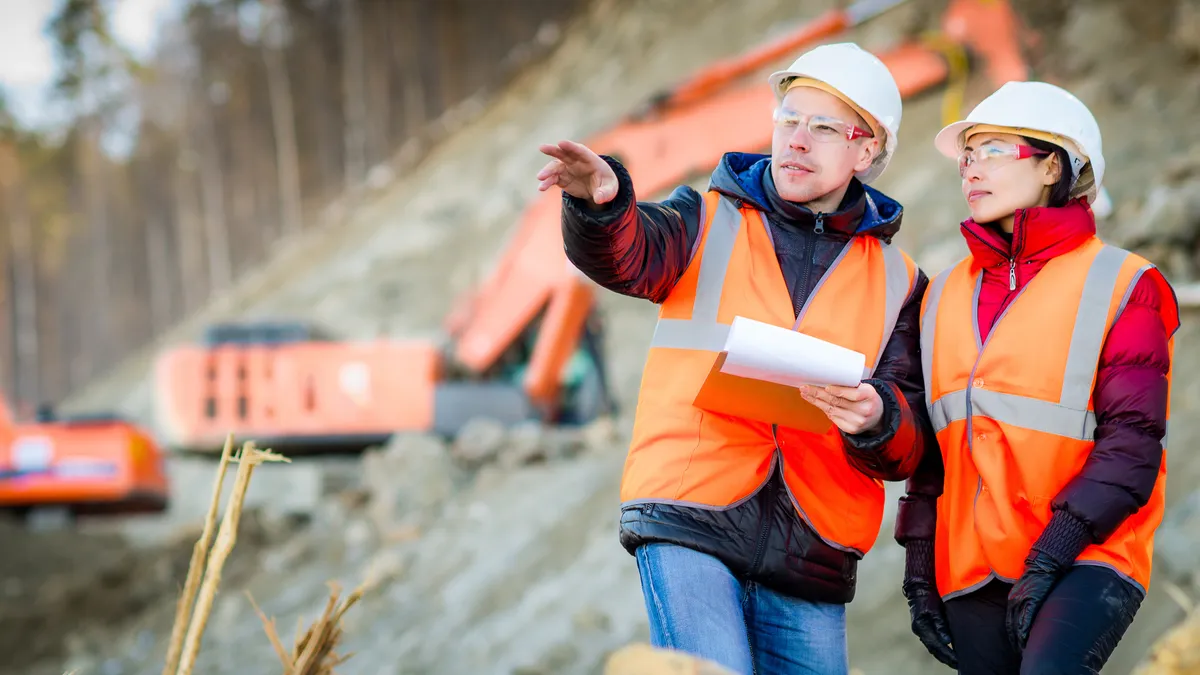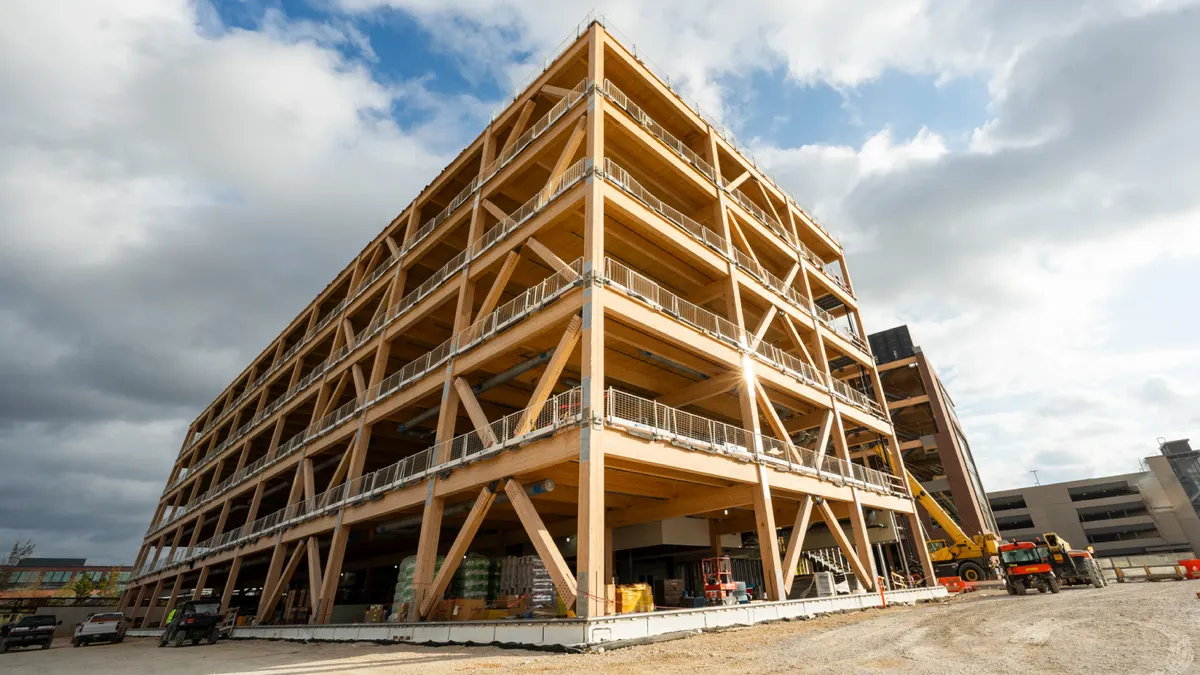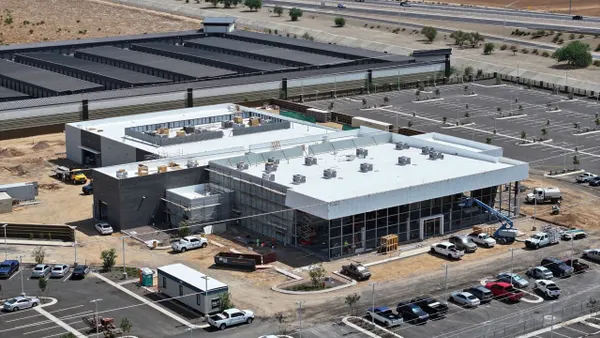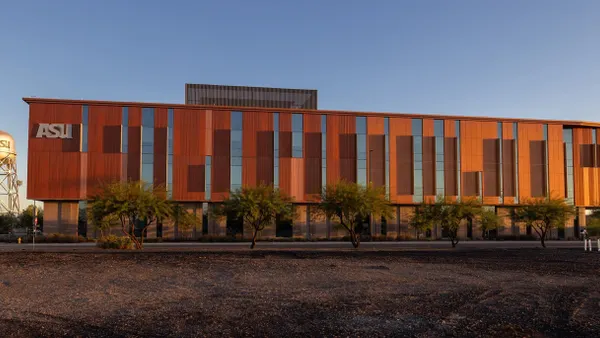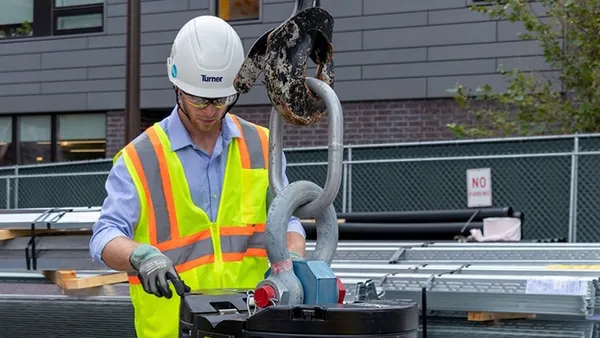Connected construction. It’s a concept that’s as simple and powerful as it sounds: all phases of an organization’s projects and all essential team members - whether behind a desk or behind the controls of an excavator - are seamlessly linked to ensure that the most current and complete data is available. To everyone. Always.
Leveraging the powerful cross-functional potential of cutting-edge construction technology can help companies maximize the value they provide their customers via the industry’s most seamless, cost-efficient software platform. Two Trimble advocates, Patrick and James, share how they were able to instigate the kind of transformation required to make connected construction take root in otherwise change-averse organizations.
I. Prepare Your Project and Design the Data
The centerpiece of a connected construction software buildout is Trimble Business Center (TBC). With a powerful combination of survey and construction functions, TBC helps users manage construction data across an entire project lifecycle—including estimating earthwork and material quantities for bids, preparing data for construction stakeout, building 3D models to optimize machine operation, tracking productivity, and delivering first-class as-built documentation. It helps planners quickly and easily create accurate, integrated 3D constructible models for any kind of job site.
Patrick L’Heureux, head project engineer at Severino Trucking in New Hampshire, uses TBC for projects ranging from minor utility upgrades to massive highway projects. As an automation centerpiece that also features specific add-ons for things like 3D modeling, meeting OSHA certification, and much more, TBC helps keep Severino Trucking on time and on budget. “The amount that you can do with TBC is pretty incredible,” Patrick explains. “You can create complex surface models, tabulate earthwork quantities, model utilities in 3D and employ your quantities off of that. There are so many different modules, tools, and tricks that you have access to within TBC that make the process go a lot smoother.”
Similarly, when James S. came on board as construction division manager at a large oil and gas company in Midland, TX, he had two mandates: lower costs and reduce drilling pad construction time. Using a combination of Trimble Business Center and Google Earth-type imagery, James can plan, visualize and build drilling pads across the entire field rather than as one-off projects. According to James, TBC’s critical pre-construction design data “…has been key to enhancing our workflow and managing costs across all of our projects.”
II. Package and Transfer Your Design
Once the planning is done and all the models are in place, it is time to get boots on the ground and machines in the field. Trimble WorksManager helps simplify communication from the office application to the jobsite by seamlessly managing data between Trimble Business Center and machine and survey devices. Sharing the same data set to all parties is automatic because Trimble’s software platforms feature seamless bi-directional sharing.
In the past, Patrick explains, “you'd have to send plans and data via email, making sure everyone knows the specific file structure to load to the machines. In some cases, you would have to drive out to a site to load files. It was just much more time-consuming.” Operational flows have now changed for Patrick’s teams. “Not only can you send out files to your devices, but you can also remotely verify that devices are using the correct files.”
III. Monitor Your Team’s Progress, Productivity, and Quality
Determining how much work has been completed on a project and how much remains can be hard to quantify, and the answers were often more anecdotal than analytical. But when Trimble WorksOS is added to the workflow, everyone in the crew knows exactly where they stand.
WorksOS provides granular information down to the individual machine level to deliver real-time progress to plan into a single dashboard. The whole time a machine is working, it is creating a topographic survey and an as-built surface by mapping a precise 3D location. This means that the data from the first-pass surface can be compared to the last-pass surface to calculate the volume changes between the two. From there, cut/fill maps can be generated and changes in material volumes precisely calculated.
“WorksOS allows our group to access machine control data across our fleet of assets to accurately predict how project changes impact completion schedules,” says James. “We have used WorksOS to accurately calculate the productivity of each asset and associate that to direct project costs. The ability to integrate this data directly with Trimble Business Center has been key to enhancing our workflow and managing costs across all of our projects.”
Connected Platforms, Connected Crews
That’s how it all comes together – the bi-directional connections in applications facilitate the movement of data from platform to platform. “TBC supports importing work order data from WorksManager and surfaces collected in WorksOS,” says Patrick. “These strong connections between Trimble’s products make sharing data smooth and effortless, and those bonds continue to get stronger, smarter, and faster.”
A recent study by the McKinsey Global Institute suggests that adding construction technology to create a connected environment can reduce costs by 4-6% and increase productivity by as much as 15%. That is the difference between winning the bid and just losing it in competitive situations, and it’s the not-so-little edge every construction crew needs to keep building momentum.

